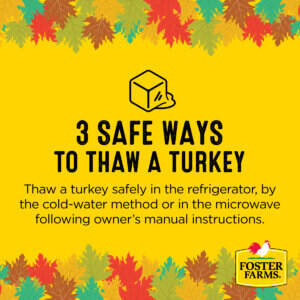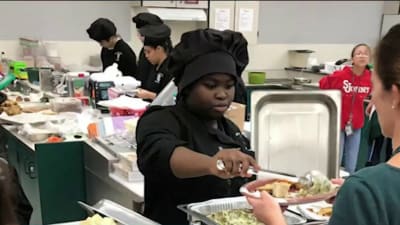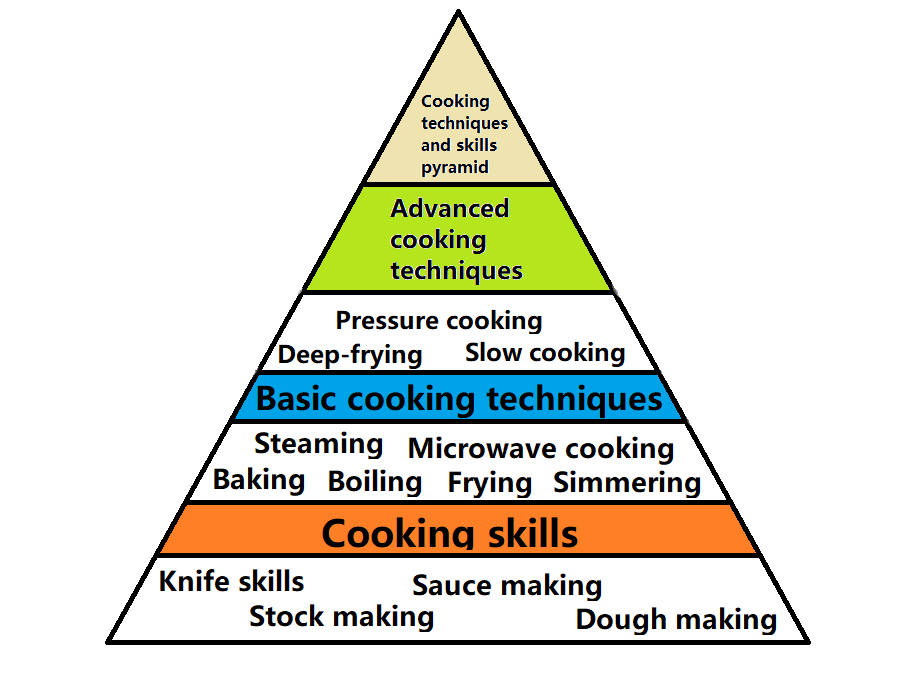
You can ensure safety in your kitchen by taking certain precautions. There are many safety measures that you can take, such as avoiding electrical extension cords, not buying damaged appliances and turning pot handles inward. But, there are also potential dangers in the kitchen. These hazards include fires, choking hazards and electrical fires. Continue reading to find out more about safety in the kitchen. These are the best:
Fire hazards
The kitchen is one the most hazardous areas of the house. There are many kitchen hazards that can cause serious injury. Most accidents can easily be avoided. However, some may be life-threatening. You can avoid most kitchen accidents with just a few basic precautions. Always seek medical attention if you sustain an injury in the kitchen. Even if you think it is a minor injury, your body may have hidden an internal injury that could be invisible for days.
The use of electric fires
Although electrical fires in kitchens are often unpredictable, these disasters can be prevented by following some basic safety measures. You should never overload an electrical outlet, and avoid overusing water or liquids near heat-generating appliances. Don't plug appliances that don't have water or liquids. Avoid overloading outlets as it can lead to dangerous situations and could cause trip breaker.

Stoves
The number one cause of house fires is when something is left unattended on the kitchen stove. Sometimes people forget to check on their kitchen stoves while they're out and about or just for a quick break. Place a timer on the stove to make sure nothing is left near it, and don't leave anything flammable around. Potholders are also a good idea to catch any packaging that falls on the stove.
Choking hazards
Choking in the food preparation area can be dangerous. Even small objects, children can choke on anything. Parents need to be careful about their children's safety. They should check behind sofa cushions and under furniture for any areas that a child might reach. Parents should be able to perform CPR, and always have a contact number in case of emergency. Parents should childproof their drawers and cabinets to prevent choking in kitchen. Children must be watched when they eat and food should be cut into halves.
Cross-contamination
In the kitchen, cross-contamination is a common problem. Cross-contamination can occur when equipment transfers large quantities of potentially dangerous bacteria to food being made. Cross-contamination can be a serious problem, regardless of whether a machine is used to slice meats or make glassware. In 2008, listeria contaminated a meat slicer. Cross-contamination cannot always be avoided in all cases. There are still steps you can take to avoid cross-contamination in the kitchen.

Hand washing
Hand washing is an integral part of food safety. Hand washing is essential for food safety. Employees must wash their hands often and frequently. It also requires careful training and the correct setup of hand-washing stations. Proper hand washing can significantly reduce cross-contamination and ensure a safer food production environment. Hand washing is crucial for food processing plant safety. It should be taught in training sessions and displayed prominently in the workplace. Hand-washing will produce cleaner, more nutritious products.
FAQ
Is there a difference in a chef and a cooker?
A chef prepares food for other people. A cook cooks for others. A chef, on the other hand, works directly with customers. This means they may have to decide what to serve guests based on their preferences. The cook doesn't have to interact with customers. Instead, he or she ensures that the food tastes good before serving it to anyone.
Do I have to learn how to cook with my children?
Yes! Yes, kids love to help in kitchen. It's a great way to teach responsibility and teamwork. Children can help in everything, from washing vegetables and cutting onions. Children will love helping to cook if they are taught safe knife handling techniques.
Are there any ingredients I can buy to cook?
You don't necessarily need to buy any ingredients. Many grocery stores have premade sauces and other products that you can substitute for. However, if you want to save money, then buying pre-made meals can be helpful.
What are the qualifications to be a chef?
To be a chef you need a bachelor's level in culinary arts. A series of tests must be passed by the ACF. You will be issued a certificate once you meet all the requirements.
Statistics
- On average, chefs earn $58,740 a year, according to the BLS. - learnhowtobecome.org
- In the United States, the category is estimated at $23.2 billion annually and is growing faster than the market. (washingtonpost.com)
- You'll be amazed that over 90% of CIA students receive scholarships and grants to finish their culinary studies. (ischoolconnect.com)
External Links
How To
How to make a perfect eggroll
Omelets is one of my favourite breakfast foods. But how do you make them perfectly? I've tried many recipes and different methods but none have worked. So I am sharing some tips and tricks today to help you make fluffy, delicious omelets every morning.
Before we start making omelets, let's remember that eggs are temperamental. They must be fresh, preferably from the organic market, and be kept cold until cooking. You must keep them cool enough to allow the whites to form properly and the yolks to become too runny if they're not kept at the right temperature. This causes your omelets to look oddly colored. If you intend to cook your eggs immediately, it's best to use room-temperature egg.
Another tip is to separate each egg before adding them to the saucepan. It is important not to allow any white to mix with the yolk as this could lead to the omelet becoming curdled.
The bottom part of an egg that is added directly to the stovetop might be burned, which could cause a ruined texture in your omelet. Instead, put the egg in the microwave for 10 seconds before putting it into the pan. The microwave heat cooks your egg just right, without it becoming too soft.
Let's now talk about mixing eggs. When mixing eggs, it is important to thoroughly beat them. Turn the bowl upside down and grab the whisk to do this. Next, shake the bowl vigorously. This will whip the air around the bowl and mix the egg well.
The fun part is now - adding the milk to the mixture. The first step is to pour half of the milk in the beaten eggs. Next, fold the eggs into the remaining milk. You don't need to worry if streaks remain. They will disappear once you flip your omelet.
After you have folded your eggs, heat up the oil on medium heat. Wait for it to get hot. When the oil is hot enough, add 1/4 cup butter to the pan. Stir it around until the butter covers the entire pan. Next, carefully open the lid and sprinkle salt into your pan. An additional pinch of salt will prevent the omelet form sticking to your pan.
Once the omelet has formed, cover the pan again and wait for the top side to set completely. Flip the omelet by using a spatula. Cook the other side for another minute or two. Take out the omelet and place it in a bowl.
This recipe works best when you use whole milk.